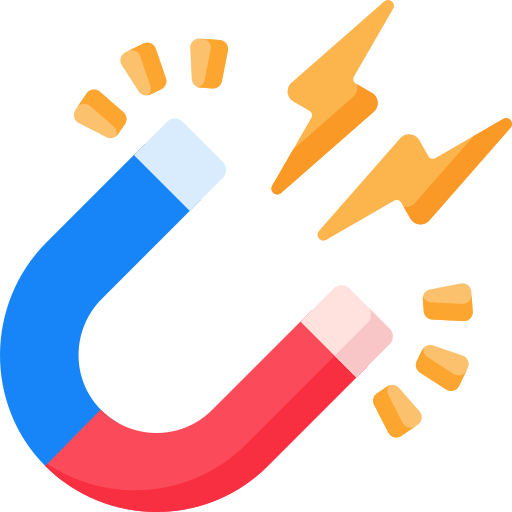Yao D. Graph Neural Network for Hyperspectral Image Clustering 2025
 Download this torrent!
Download this torrent!
Yao D. Graph Neural Network for Hyperspectral Image Clustering 2025
To start this P2P download, you have to install a BitTorrent client like qBittorrent
Category: Other
Total size: 15.69 MB
Added: 2 months ago (2025-08-16 13:54:01)
Share ratio: 14 seeders, 2 leechers
Info Hash: 19B1C5215254F9FBEE7BF40E7FD456668D59CEA5
Last updated: 3 hours ago (2025-10-30 02:22:58)
Description:
Textbook in PDF format
This book investigates detailed hyperspectral image clustering using graph neural network (graph learning) methods, focusing on the overall construction of the model, design of self-supervised methods, image pre-processing, and feature extraction of graph information. Multiple graph neural network-based clustering methods for hyperspectral images are proposed, effectively improving the clustering accuracy of hyperspectral images and taking an important step towards the practical application of hyperspectral images. This book is innovative in content and emphasizes the integration of theory with practice, which can be used as a reference book for graduate students, senior undergraduate students, researchers, and engineering technicians in related majors such as electronic information engineering, computer application technology, automation, instrument science and technology, remote sensing.
Unlike autoencoder-based clustering, generative network-based methods focus on accurately capturing the true data structure to produce high-quality samples, enhancing feature discriminability. The most notable approaches are based on Generative Adversarial Networks (GANs), which consist of a generator and a discriminator. These components improve feature quality through adversarial interactions. A typical example is categorical GAN (CatGAN), which employs a min–max adversarial game to learn an unsupervised discriminative classifier by balancing mutual information between observations and predicted class distributions. Based on the CatGAN, an information-maximizing GAN (InfoGAN) was proposed. It enhances the clustering performance by exploiting the mutual information among the fixed small subset of latent variables and the observations. In addition to GAN-based models, a set of contrastive learning-based clustering methods has been developed, leveraging on pulling similar instances closer together in the feature space while pushing dissimilar ones apart, thereby improving the discriminative power of the learned representations. For example, Cai et al. presented a neighborhood contrastive subspace clustering (NCSC) network, a scalable and robust DSC approach, for unsupervised classification of large hyperspectral images. Deep Learning-based clustering methods achieve higher accuracy by leveraging their robust feature extraction and nonlinear modeling abilities, making them a prominent focus in clustering research
